A study demonstrates full energy–momentum matching, and enhanced interaction, between free electrons and photons through a continuum of flatband resonances, realized in a silicon-on-insulator photonic crystal slab.
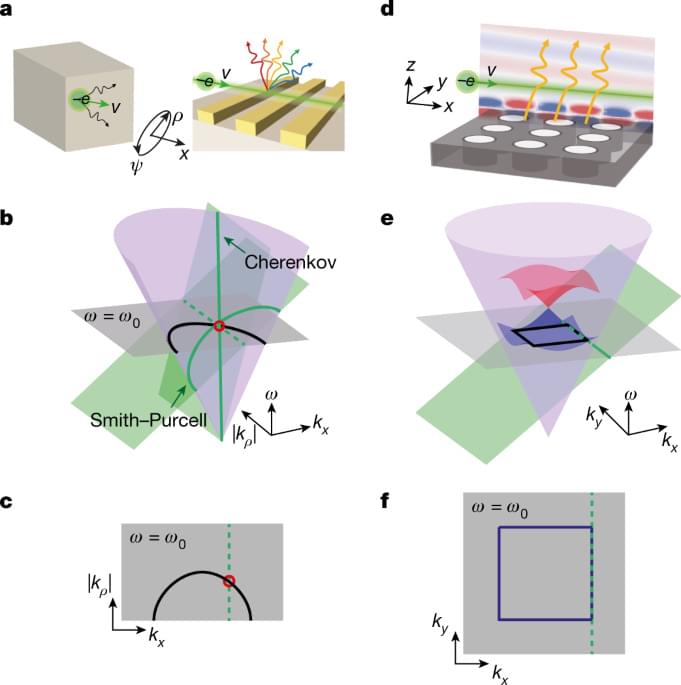

Share your videos with friends, family, and the world.
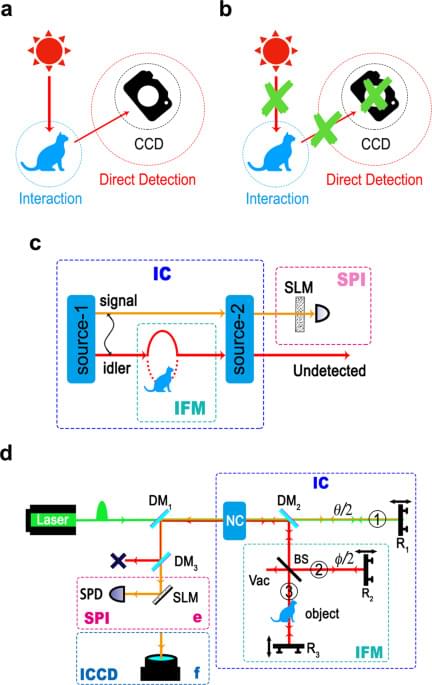
Over the past few decades, several imaging protocols based on quantum technologies have been realized1,2, which have expanded the application capabilities of optical imaging. These include ghost imaging (GI)3,4, quantum imaging with undetected photons (QIUP)5, and interaction-free measurements (IFMs)6,7. The quantum GI scheme relies on the spatial correlations of entangled photon pairs and requires two-photon coincident measurements. Furthermore, ghost imaging can also be realized with classical intensity-fluctuation correlations8. Later, various single-pixel imaging (SPI) protocols were proposed9,10,11,12,13, where the spatial correlations are not between two photons but between one photon and a programmable mask held in a spatial light modulator (SLM).
In contrast to modern digital cameras employing array sensors to capture images, SPI use a sequence of masks to interrogate the scene along with the correlated intensity measurements by a single-pixel detector. The spatially resolved masks are usually generated by computer and displayed by SLM. Combined with compressive techniques10, the number of sampling measurements is fewer than the total number of pixels in the image. Thereby, SPI can reduce the data processing requirement, and shows potential capability for high dimensional sensing12. On the other hand, the modern single-photon detector is featured by improved detection efficiency, lower dark counts, and faster timing response14. Such enhancements have significance to applying SPI into weak signal detection scenarios, such as scattering medium imaging or long-range 3D imaging11.
The QIUP scheme is based on induced coherence (IC), which was first proposed by Zou, Wang, and Mandel15. They used two photon sources to generate photon pairs. By overlapping path of two sources for one photon (idler)15,16,17 and establishing the so-called path identity18,19, there is no information about the origin of the other photon (signal). Thus, the signal photon is in the superposition state of being created in either of the sources. The phase and transmissivity of the idler photon are encoded in the interference of the signal photon. Inserting one object onto the idler path between two sources, one can obtain images exclusively with the signal photons which have no interaction with the object5. In contrast to GI, QIUP does not involve the detection of the photon illuminating the object or any coincidence measurement. This is an advantage of QIUP, as the wavelength of the detected photon can be chosen independently from that of the photon interacting with the object5. This concept was further explored in infrared (IR) spectroscopy20, optical coherence tomography21,22, mid-IR imaging23,24,25, terahertz (THz) sensing26, biological microscopy27, and holography28. Recently, the related SU(1,1) interferometer has been investigated and employed in quantum-enhanced metrology29,30,31,32,33.
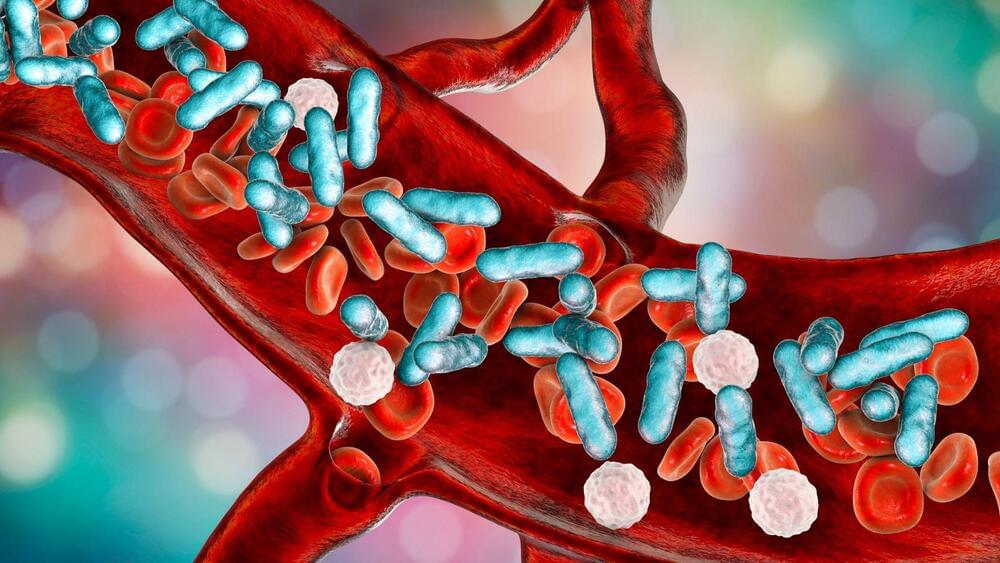
Sepsis affects 750,000 people in the U.S. and nearly 50 million people globally.
Sepsis is a life-threatening condition arising from the body’s overreactive response against an infection, leading it to injure its own tissues and organs. The first known reference to “sepsis” dates back more than 2,700 years, when the Greek poet Homer used it as a derivative of the word “sepo,” meaning “I rot.”
Despite dramatic improvements in understanding the immunological mechanisms behind sepsis, it still remains a major medical concern, affecting 750,000 people in the U.S. and nearly 50 million people globally each year.
Dr_Microbe/Stock.
We are researchers who study how certain types of bacteria interact with cells during infections. We wanted to understand exactly how an overreactive immune response can result in detrimental and even lethal effects like sepsis. In our newly published research, we discovered the cells and molecules that potentially trigger death from sepsis.
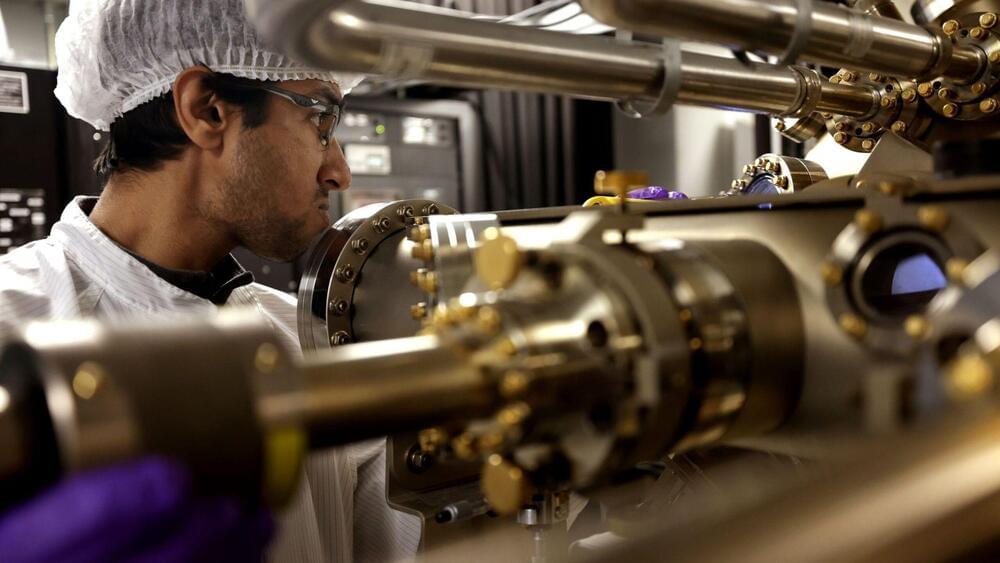
A new type of solar panel has achieved nine percent efficiency in converting water into hydrogen and oxygen through a process known as artificial photosynthesis.
This is a major breakthrough as it is nearly ten times more efficient than previous solar water-splitting experiments, according to a press release by the University of Michigan published on Wednesday.

During its pilot run, carbon emissions were slashed from 2,500 to 500 metric tons.
A British company has created a pioneering tractor that could be a game changer in the green energy-striving agricultural industry.
“The T7 liquid methane-fuelled tractor is a genuine world-first and another step towards decarbonizing the global agricultural industry and realizing a circular economy,” said Chris Mann, co-founder of Bennamann, a company that deals with methane energy products.
CNH Industrial.
The ground-breaking cow-dung powered 270 horsepower tractor is said to perform on par with counterparts driven by normal diesel engines, according to multiple media reports on Friday.

At CES 2023, industry experts weighed in on why drones should be your next delivery vehicle.
Drone deliveries could help reduce unnecessary deaths on roads and improve the environment, industry experts explained Friday.
For example, delivering that hamburger helper via a drone versus someone getting in their car and driving to a place…
Ernir eyjolfsson/anadolu agency via getty images.
At the 2023 Consumer Electronics Show (CES) in Las Vegas, Federal Aviation Administration (FAA) representative Abigail Smith explained that her organization looks to safety as its north star. When it comes to delivering goods with unmanned flying machines, the technology has the potential to improve safety over current solutions.
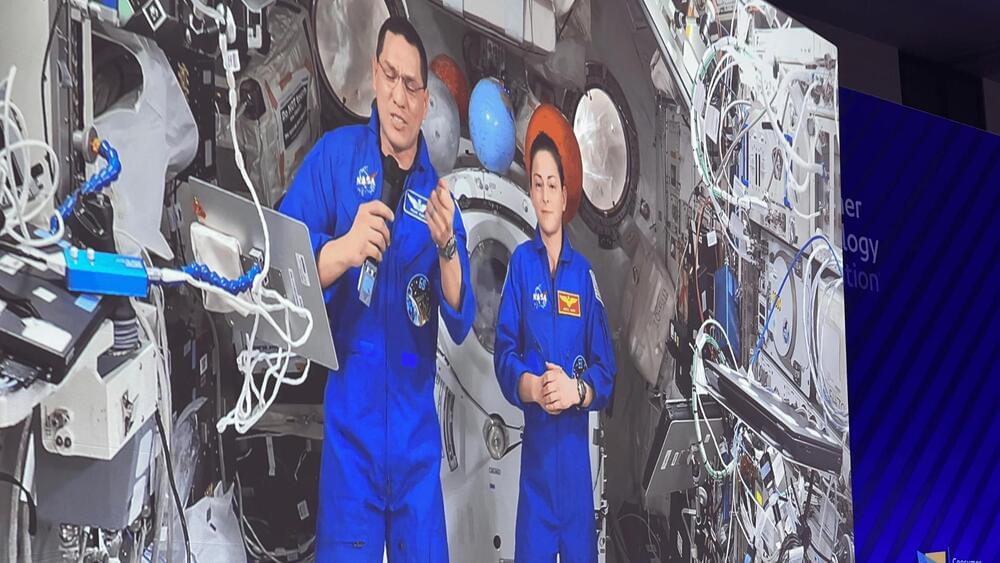
Despite the 10-second lag, two astronauts had a lot to say about tech for space at CES 2023.
Today (Jan. 06), the International Space Station (ISS), which is the only location where people can investigate the long-term effects of living without gravity, completed the first call ever made in 4K to the Consumer Electronics Show (CES) 2023.
In the first instance, the discussion was unsurprisingly focused on what it’s like to be living in space now. After all, it’s not every day you get to watch two astronauts in real-time casually floating a mic between each other to answer our pressing earthly questions.

